What Hi-Fi? Verdict
The Linn Selekt DSM is a fresh and convincing approach to what a modern high-end digital source could be
Pros
- +
Terrific clarity and insight
- +
Taut and agile presentation
- +
Modular and hugely configurable
- +
Fine headphone output
- +
Excellent build and finish
Cons
- -
Analogue inputs could be more transparent
Why you can trust What Hi-Fi?
What is Linn’s Selekt DSM? The glib answer is that it is a network music streamer, but look closer and you’ll find far more sophistication and versatility than that suggests.
Linn loves to use the word ecosystem when talking about the Selekt DSM, and as pompous as that sounds, it’s a pretty apt description. This is a modular design that can be specified to the performance and features the buyer wishes. Of course, this is also a high-end product, so it costs accordingly.
Build
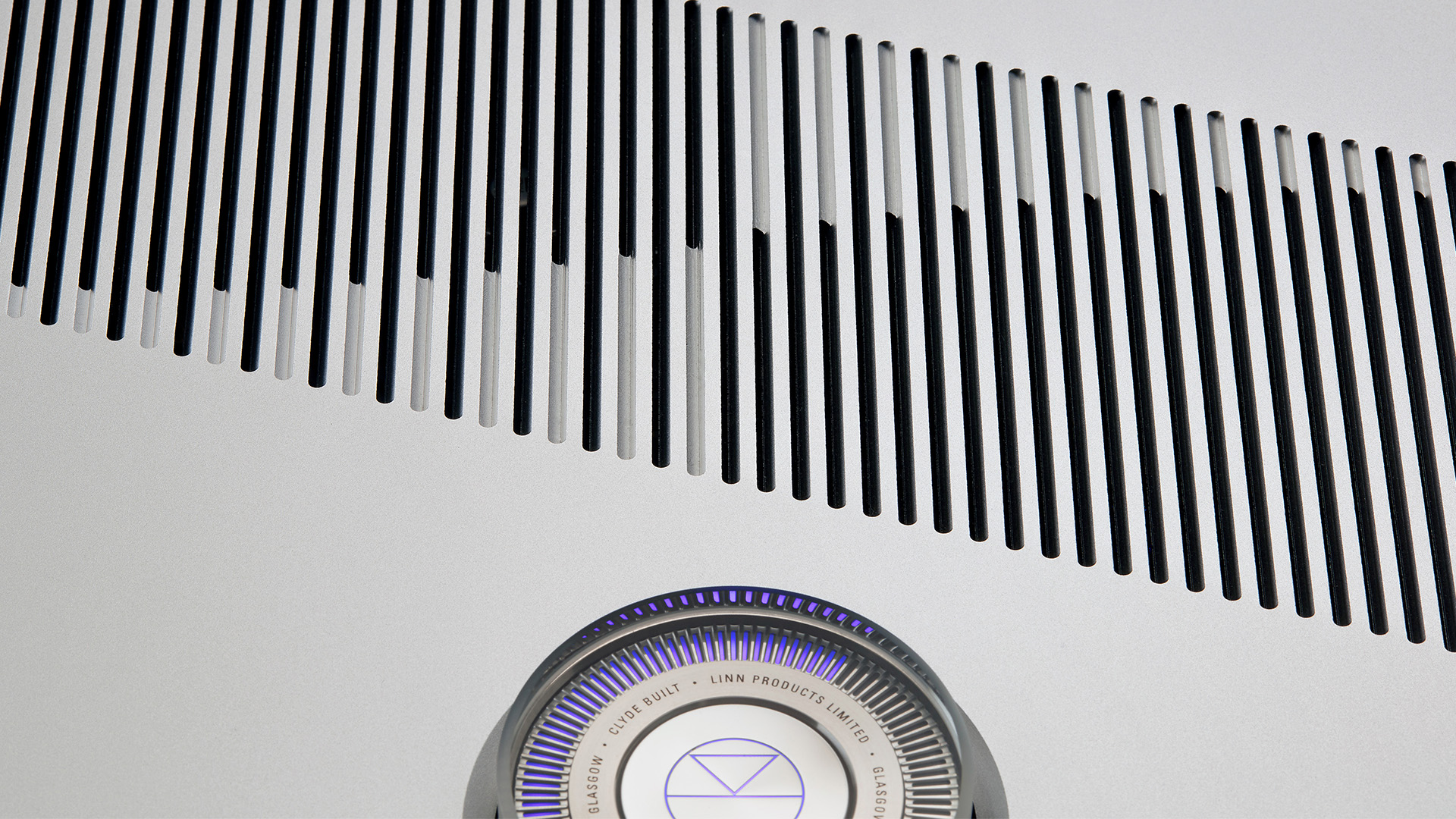
There are two basic variants of the Selekt DSM: the Edition Hub (£9950 / $12,940 / AU$18,995) that we have on test here, and the original, which was introduced in 2018, but is now renamed the Classic Hub (£4900 / $6370 / AU$8995). We reviewed and liked a heavily-optioned version of the original back in early 2019.
The difference between the two versions comes down mostly to the casework. The Edition Hub is a significantly more luxurious unit, with beautifully machined thick aluminium panels that make the standard version feel a bit like a metal biscuit tin in comparison.
This sturdy new casework provides a more stable and better-isolated foundation for the electronics to work from, so improving sound quality. The lovely-looking control dial on the top has an uprated bearing for smoother and more precise operation and the dial is photo-etched for crisper aesthetics. Add the Edition Hub’s improved steel feet, stereo subwoofer output and headphone socket, and it becomes clear that this is far more than just a cosmetic trim upgrade.
That said, the price gap between the two variants still feels huge, bearing in mind most of the internal electronics are identical. Does the Edition Hub justify its price premium? We’ll find out soon enough.
Features
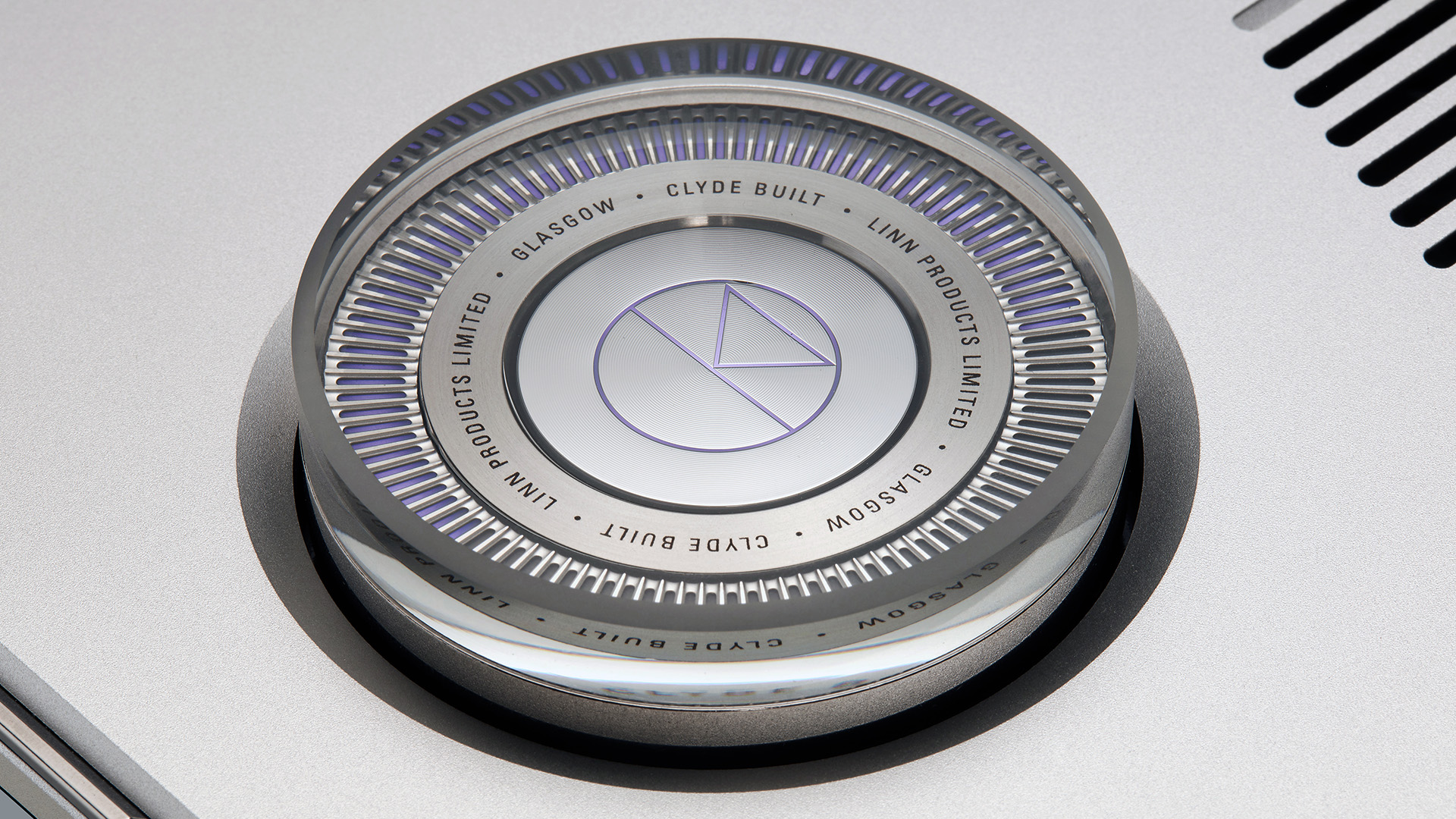
Regardless of the Hub chosen, the list of standard features is impressive for a product such as this. There is a good range of embedded streaming services – Tidal, Spotify Connect, Qobuz, Deezer, as well as AirPlay 2 and Roon compatibility. Connection to your network can be done wirelessly or via our preferred wired option, Ethernet, for greater stability. Bluetooth (4.2) is also on the menu.
Most of these things are pretty standard for digital-based products of this type, but where the Selekt DSM veers off-piste is in the inclusion of a stereo line-level analogue input as well as a moving magnet/moving coil phono stage. Add the Linn’s built-in volume control and it is clear that the DSM is capable of replacing a fair few boxes in a traditional set-up. Simply plug it into a power amplifier or, even better, active speakers and you will have an appealingly minimalist high-end system.
The Selekt DSM’s connectivity is class-leading. As standard there is the usual trio of digital inputs – USB, coax (x2) and optical (x2) – alongside a single HDMI 2.0 ARC connection. The inclusion of an HDMI is a thoughtful touch, allowing users to improve the sound from their TV without resorting to the complexity and component count of a full surround system. But it doesn’t have to stop there.
If a single HDMI connection isn’t enough, Linn offers an optional HDMI 2.0 module (£750 / $975 / AU$1450) that packs four inputs with a single eARC output. Add the DSP Surround Upgrade (£1,095 / $1,425 / AU$2200) and the Linn will even decode Dolby Digital TrueHD and DTS-HD Master Audio.
Impressive, but there are limitations if you want to get a full dose of AV sound goodness. Even with all the relevant modules fitted to the Selekt DSM, the likes of Dolby Atmos, DTS:X and gaming features such as VRR (Variable Refresh Rate), HFR (High Refresh Rate) and ALLM (Auto Low-Latency Mode) remain off the menu.
Returning to stereo replay again, there’s a choice of both single-ended and balanced XLR analogue outputs, and the option of using Linn’s proprietary Exact digital connection if you want to go the complete all-Linn system route.
The Selekt DSM can be specified with one of four different digital-to-analogue converter options. You can have the standard 24-bit/192kHz DAC for £220 ($286 / AU$550), the previously range-topping Katalyst (£1,500 / $1,950 / AU$3600), the new stereo Organik for £3,250 ($4,225 / AU$7700) or fit the range-topping dual-mono Organik DAC module (£5,500 / $7,150 / AU$13,000). That’s quite a premium to pay for either of the Organik DAC modules, but it’s a price worth paying in our opinion.
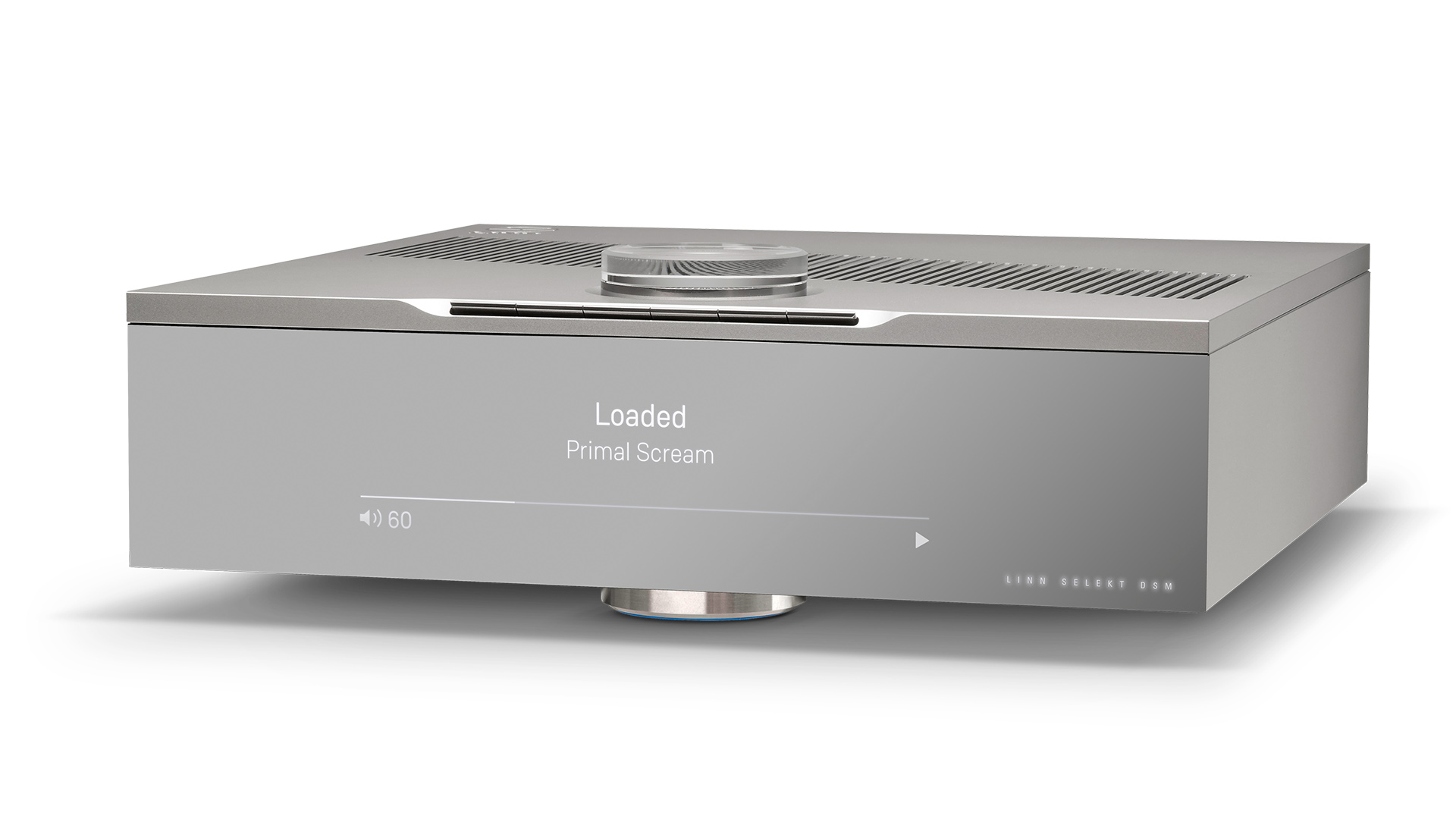
Type Network music streamer/preamp
Internet Ethernet and wi-fi
Streaming Bluetooth, AirPlay 2
Streaming services Tidal, Spotify Connect, Qobuz, Deezer
Digital inputs USB, coax x2, optical x2, HDMI
Phono stage Moving magnet, moving coil
Analogue input Stereo RCA x1
Headphone output 6.3mm
Output Single-ended RCA and balanced XLR
Dimensions (hwd) 11 x 35 x 35cm
Weight 7.2kg
Organik is Linn’s first in-house DAC design and has been developed from first principles using the company’s three decades' worth of digital experience. The design combines FPGA (Field Programmable Gate Array) processing with a discrete conversion stage that allows the engineers to control and optimise every part of the conversion process for the very first time. It is impressive that Linn builds and populates these surface-mount circuit boards in-house rather than having them made elsewhere, as most rivals do.
If you want the ultimate in stereo performance you have to specify a pair of the analogue dual-mono line output modules for £1500 ($1950 / AU$3695) to go with the mono DACs. If you’ve gone for any of the stereo DAC options the only choice is the stereo line output module that sells for £460 ($598 / AU$1100).
Want your Selekt DSM to be a just-add-speakers system? In that case, also specify the stereo power amplifier module (£855 / $1110 / AU$2100), which is a Class D design with 50-watts per channel output, though this is off the menu if you go for the dual-mono DAC option.
Add it all up and it makes the Selekt DSM the most configurable product we’ve ever come across. Go heavy on the options and your credit card won’t thank you, but it’s nice to have the choice to tailor a product so extensively.
Our review sample is the full-fat music-first version of the Edition Hub with dual-mono Organik DAC and matching mono line output stage. It represents the highest rung on the Selekt DSM ladder as far as stereo sound quality goes.
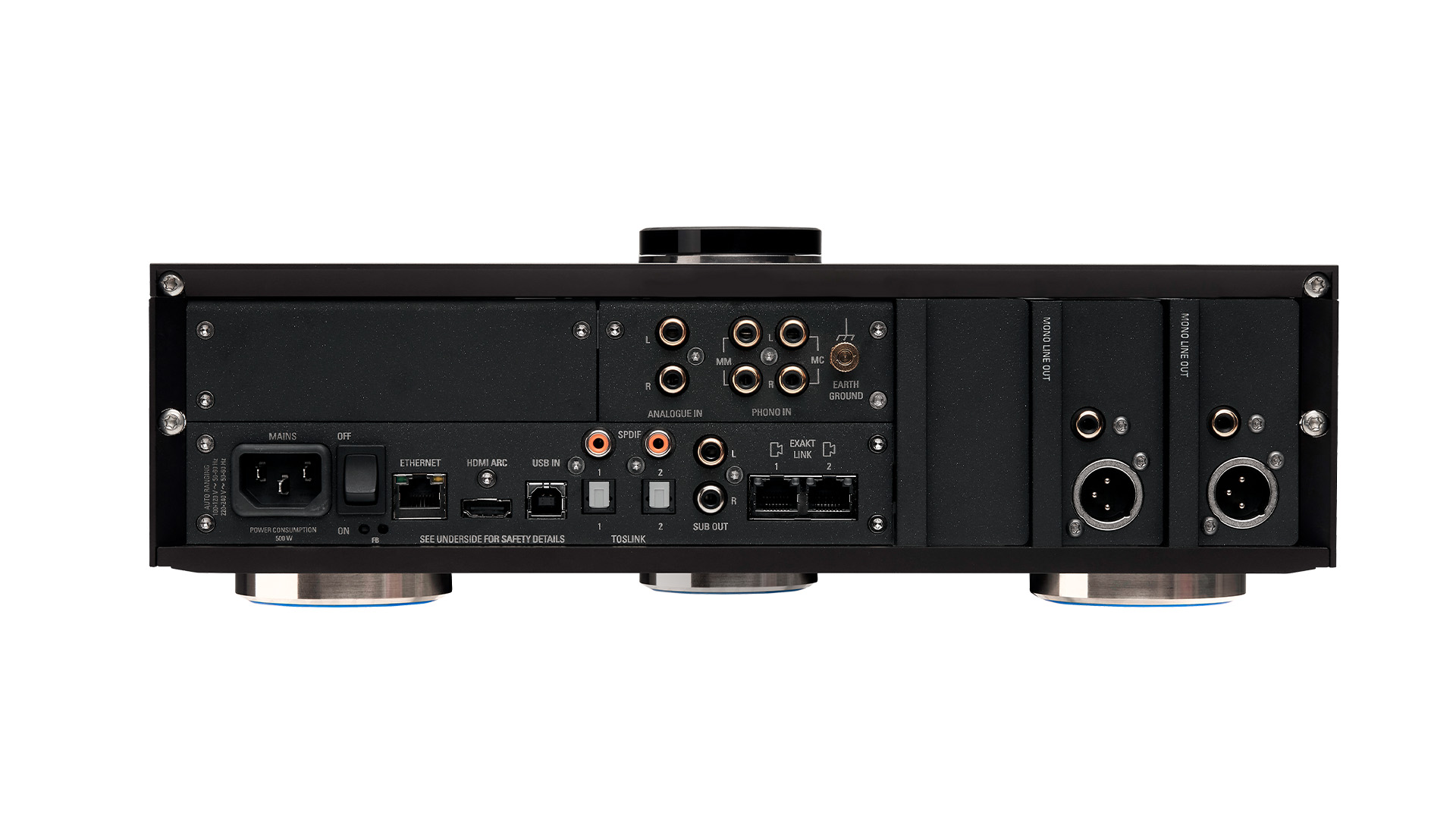
Before going further we need to tell you about the Linn Music app. This is the main interface with the Selekt DSM and the gateway to configuring and operating it. Linn has been in the network streamer game longer than most and it shows in the slickness of the Selekt DSM and the app.
Linn has also included its rather clever Space Optimisation room equalisation software in this product. This is a manual system where the user is prompted to input the relevant room information – dimensions, construction material and the position of any doors or windows – and the software compensates accordingly.
The company has built an impressive database of speakers, and if you use one of the models measured, the software will optimise the results for those, even if they are placed in a less-than-optimal position. All very impressive and clever, but it works well too. Our reference ATC SCM50 speakers certainly sound more even and detailed, delivering a larger sense of scale with the equalisation switched in. These kinds of room equalisation systems aren’t perfect, though. We notice a slight flattening of dynamic expression and a little less rhythmic drive from the ATCs, but if you have a problematic room the benefits are likely to outweigh any such negatives.
We still wish Space Optimisation were automated and microphone-based rather than manual, though. But laborious as it is, once it’s done, it’s done. That said, at this level we would expect the selling dealer to do the work.
Sound
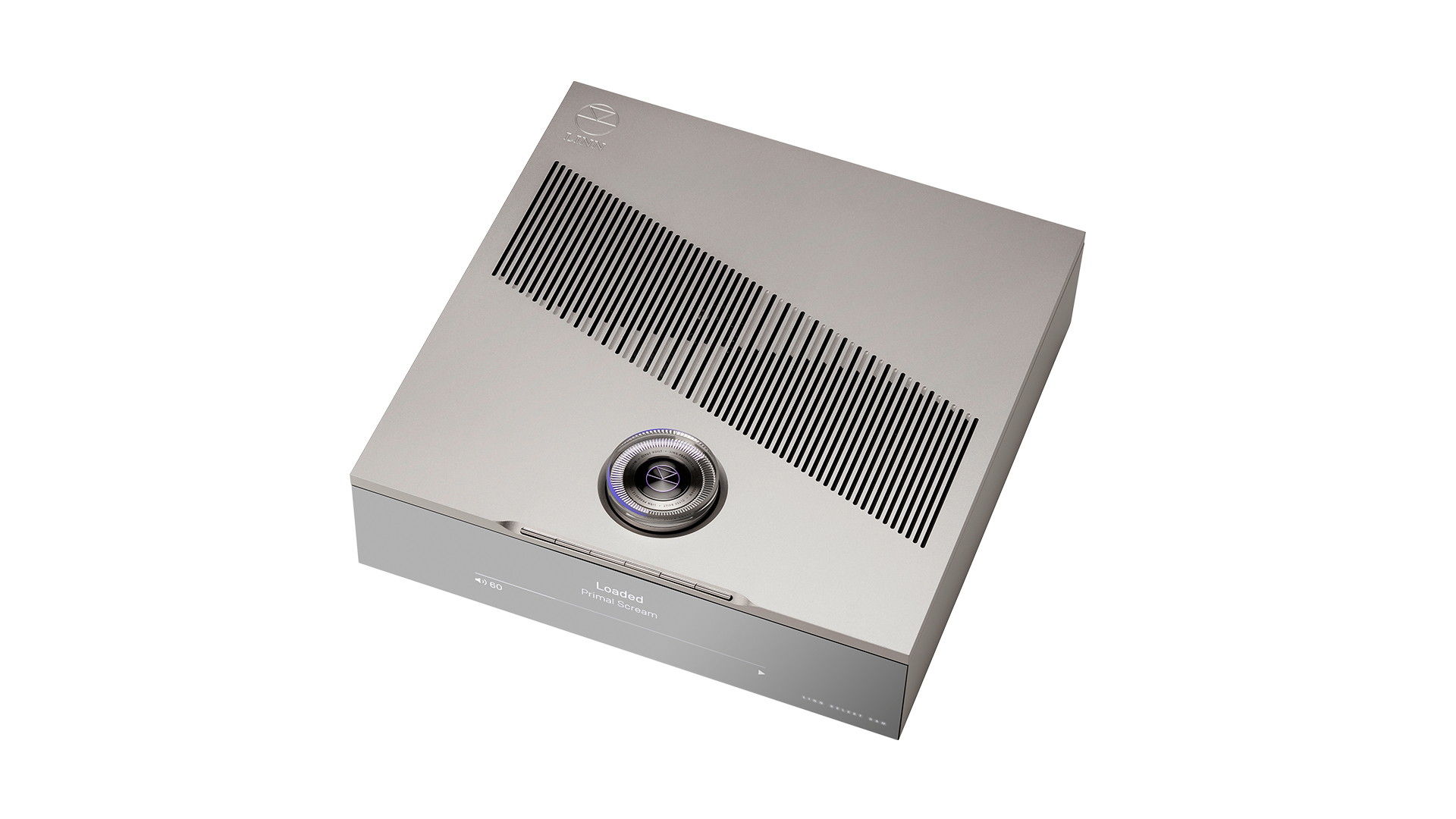
The Linn Selekt DSM: Edition Hub demands top-class partners. We have Burmester’s 088/911 MkIII pre/power combination on hand, as well as ATC’s SCM50 speakers. Our reference Naim ND 555/555 PS DR music streamer is a straight-laced but useful comparison, while the Technics SL-1000R turntable, fitted with either the Vertere Sabre moving magnet or Kiseki Purpleheart moving coil, plugs into the Linn’s phono stage.
We start with Bluetooth. Admittedly, it isn’t the most obvious place to begin considering the Editon Hub’s sizeable range of abilities, but it’s likely to be something many people will use a lot. We’re pleased to report no issues when it comes to connection, and the sound from our iPhone XS Max is pleasingly clear and relatively detailed. It is certainly enjoyable enough so that your friends can share tunes when they visit. But clearly, the Selekt DSM has much more to offer than Bluetooth delivers.
This is a product that really shines once we start using its network streaming capabilities. We play a large selection of stored files from Kendrick Lamar’s To Pimp A Butterfly in 16-bit/44.1kHz to Hans Zimmer’s The Dark Knight Rises OST (24-bit/192kHz) and Stevie Wonder’s Innervisions on DSD. The Linn switches between file types and resolutions seamlessly.
The Selekt DSM: Edition Hub adheres to Linn’s customary sonic signature. It has a fast, direct and punchy presentation; one that delivers plenty of detail. We have no trouble tracking low-level instrumental strands from Zimmer’s The Dark Knight Rises OST, and admire the Selekt’s ability to organise all that detail into a cohesive and engaging presentation.
There’s plenty of attack on offer, and we love the agile and articulate way really deep bass notes are rendered. There is very little fat on the sound, and while some may crave a richer and sweeter balance, there’s no arguing with the Linn’s ability to communicate the emotion in the music.
Stereo imaging isn’t as expansive as some we’ve heard, with the Selekt DSM preferring an upfront approach that doesn’t display as much depth of information as say, Naim’s ND555/555 PS DR. But, we’re pleased with the confidence with which instruments are positioned and the stability of the presentation once the music becomes challenging.
Large-scale dynamic shifts are handled effortlessly and delivered with enthusiasm, while nuances come through with the finesse they deserve. It is the Linn’s clarity and control that leave the biggest impression with music such as this.
We switch to Kendrik Lamar’s set and the Selekt DSM continues to impress. It is a thrill machine and truly explicit in the way it reproduces Lamar’s no-holds-barred but thoughtful lyrics. The Linn’s unvarnished delivery doesn’t hold back in showing up the rough edges of this album, so be aware that the recording’s quality will have a big influence on whether you like what you hear with this product.
We love the exciting way this Linn punches out the sound. It brims with energy when the music demands, and is as crisp in defining the leading edge of notes as any rival we’ve heard. It can dance too, with a surefooted way to rhythmic drive that really draws us into the music.
We try the various digital inputs and are pleased to report that the Editon Hub is a great number cruncher. Linn makes a big fuss over its Organik DAC design and rightly so. Regardless of the input chosen we hear a clean, clear and insightful sound; one that delivers dynamic fluidity and rhythmic information with enviable skill. In dual-mono form, as it is in our sample, the Organik DAC really is excellent.
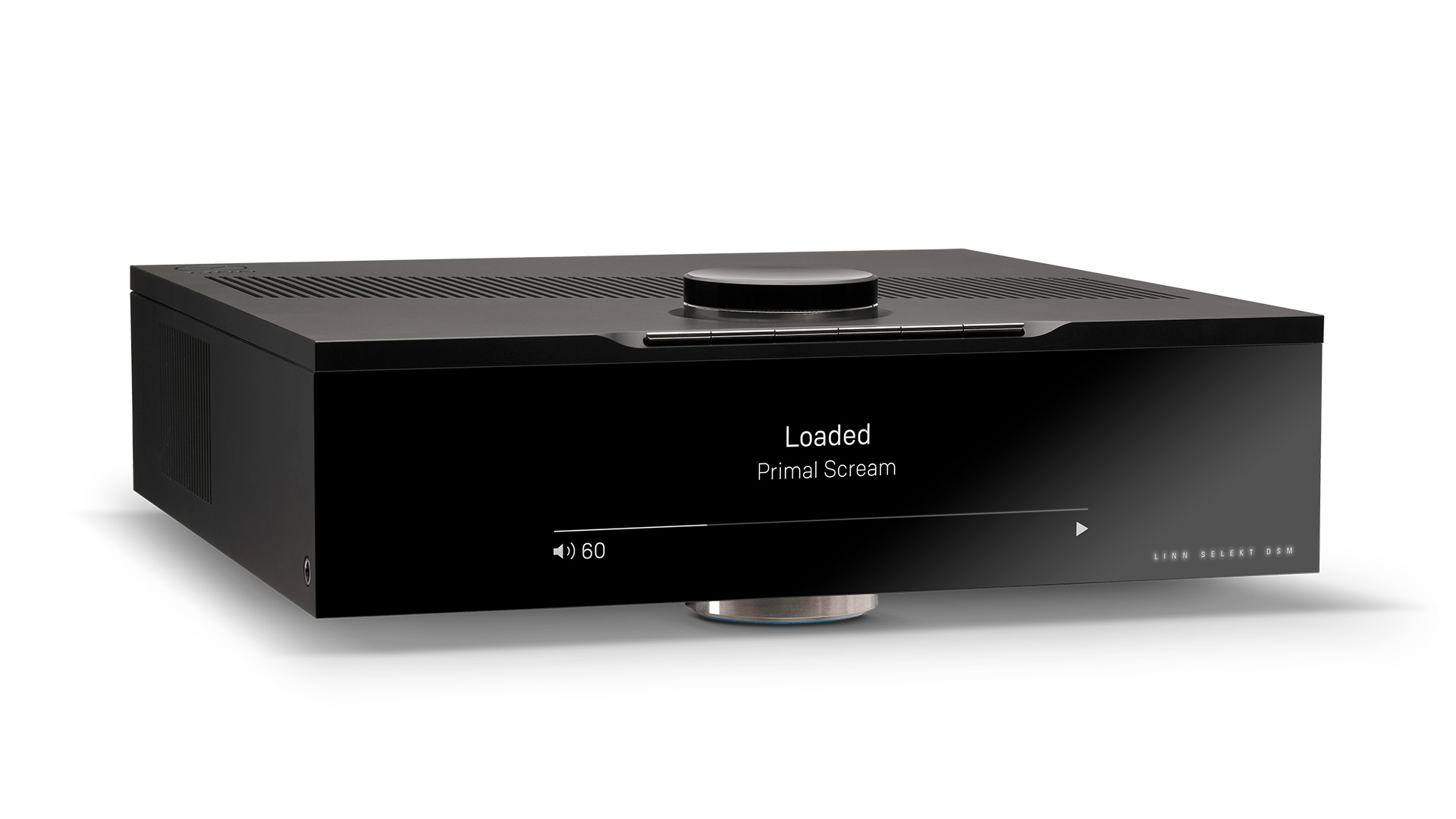
It’s fair to say that the analogue inputs, while still good, fall a little short of the excellence exhibited elsewhere. While not the last word in transparency, the Selekt DSM’s phono stage remains capable. It echoes the appealing character of the digital sections and works well with the Vertere and Kiseki cartridges we use. There is no issue in terms of gain (which is adjustable from the app) and noise levels are low. If you’re a record obsessive we still think that a good price comparable outboard phono stage will serve you better when it comes to transparency and overall detail though. Much the same applies to the line-level input, which is decent but lacks a little of the vigour and clarity of the digital sections.
We’ve got no such complaint about the side-mounted headphone output. Usually, such outputs are a tick-box exercise for manufacturers where little thought is given to maximising the performance. That’s not the case here with the sound through headphones, using Focal’s Utopias and Grado’s RS-1x, which is as convincing as what we hear through the main outputs. Linn has done a great job here.
That sentiment could easily apply to the Selekt DSM: Edition Hub as a whole. It is a hugely ambitious design that Linn has carried out with considerable panache. In an ideal world we’d like the analogue inputs to sound just that bit better, but for most people, most of the time, their performance will be good enough. The rest of this unit’s abilities are excellent.
Verdict
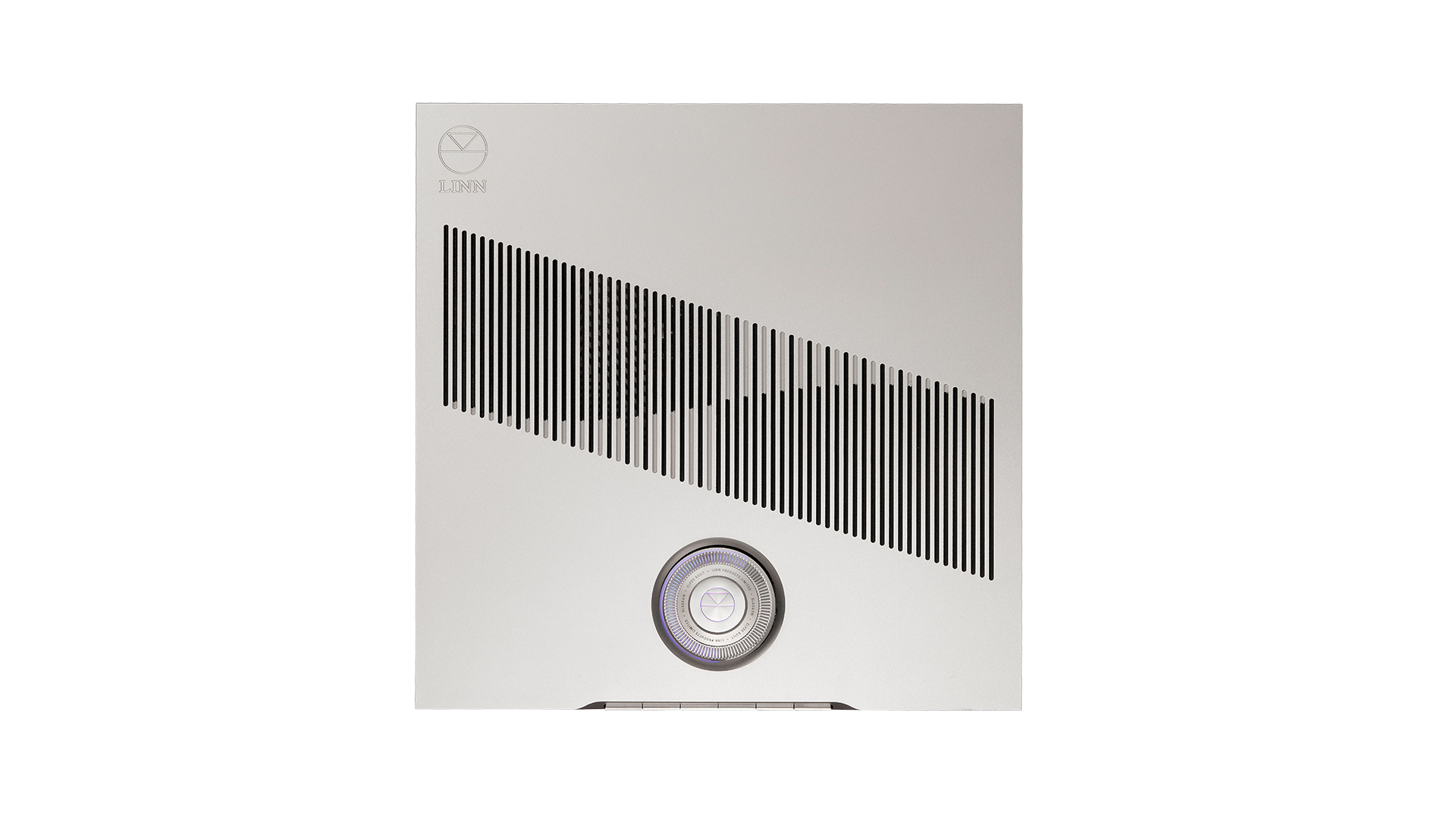
While it is tempting to compare the Selekt DSM: Edition Hub to similarly priced dedicated streamers, that isn’t wholly fair. While the Linn is sonically competitive with these rivals, its range of abilities means it also replaces any preamp, phono stage and headphone amplifier in a traditional high-end set-up.
Remember, such things can cost many thousands at this end of the market, and such savings need to be factored into the buying equation. Look at this Linn through such a lens and it is obviously a hugely tempting buy.
SCORE
- Sound 5
- Build 5
- Features 5
MORE:
Read our review of the Naim ND555/555 PS DR
Also consider the dCS Rossini Apex
What Hi-Fi?, founded in 1976, is the world's leading independent guide to buying and owning hi-fi and home entertainment products. Our comprehensive tests help you buy the very best for your money, with our advice sections giving you step-by-step information on how to get even more from your music and movies. Everything is tested by our dedicated team of in-house reviewers in our custom-built test rooms in London, Reading and Bath. Our coveted five-star rating and Awards are recognised all over the world as the ultimate seal of approval, so you can buy with absolute confidence.

